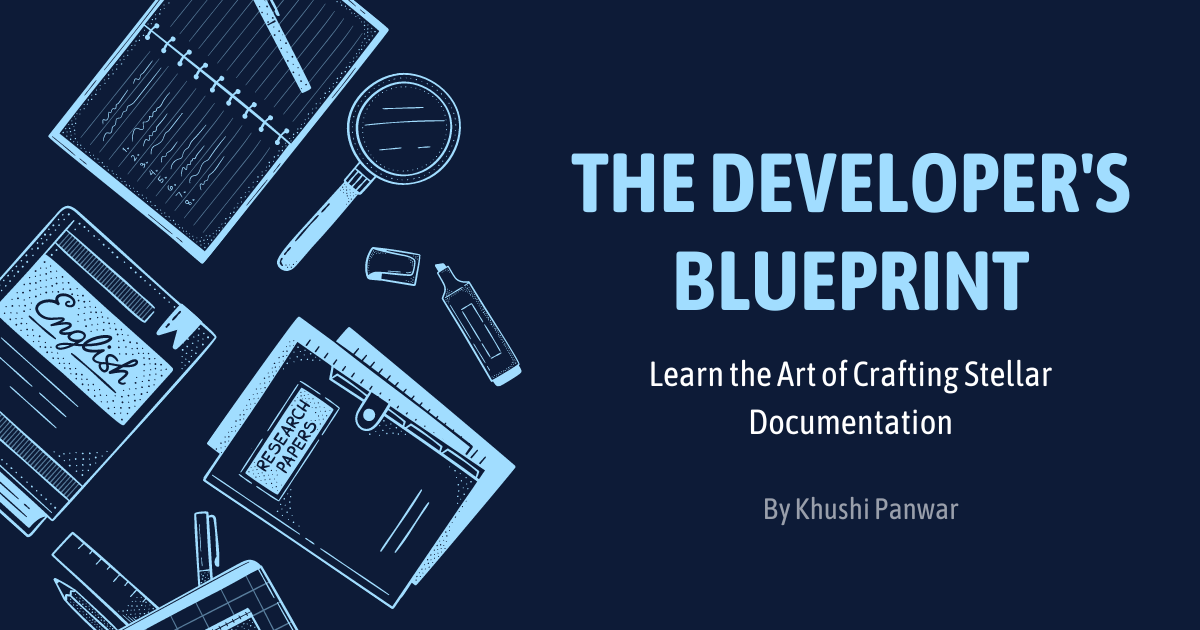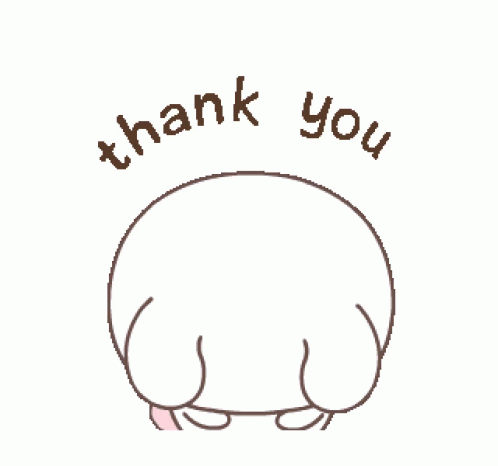The Developer's Blueprint: The Art of Crafting Stellar Documentation
 Khushi Panwar
Khushi Panwar
n the fast-evolving world of software development, effective documentation is essential for both Web2 and Web3 projects. It serves as a bridge between developers and technology, ensuring that users can understand, utilize, and contribute to the project. As a developer or developer relations engineer, recognizing the importance of documentation and employing methods to improve it is crucial for the success of your project. This blog explores why documentation is vital and how to enhance it, providing practical examples and tips.

Why Documentation is Important
Logical Aspects
Clarity and Understanding: Documentation provides clear instructions and explanations, helping developers understand how to use and integrate technologies effectively. It demystifies complex processes and makes them approachable.
Consistency: Well-documented code ensures consistent practices across the development team, reducing errors and improving code quality. Consistency is key to maintaining a seamless and efficient workflow.
Onboarding: Comprehensive documentation accelerates the onboarding process for new developers, enabling them to contribute faster. A well-documented project means less time spent on getting up to speed and more time building and innovating.
Maintenance: Detailed documentation aids in maintaining and updating the codebase, especially when the original developers are unavailable. It acts as a roadmap for future development and troubleshooting.
Rational Aspects
Developer Productivity: Good documentation reduces the time spent on troubleshooting and searching for solutions, boosting overall productivity. It acts as a quick reference guide, saving precious time.
Community Building: Quality documentation fosters a strong developer community by making it easier for contributors to understand and participate in the project. A robust community can drive innovation and provide valuable feedback.
Adoption: Projects with excellent documentation are more likely to be adopted by other developers, increasing their reach and impact. Clear, accessible documentation lowers the barrier to entry.

Methods to Improve Documentation
1. Keep Documentation Updated
Ensure that your documentation is always up-to-date with the latest version of your language or modules. This involves regularly reviewing and updating the content to reflect changes in the codebase and new features.
For example, if you’re working with React, make sure your documentation covers the latest hooks and state management techniques.

2. Make the First 15 Minutes Count
It is said, "The First impression is the last impression!". The initial interaction with your documentation is crucial. Use engaging and easy-to-understand language, and incorporate graphics and diagrams to make it visually appealing. Graphics help in better retention and visualization of information.
Here’s a quick diagram illustrating a basic blockchain transaction flow as an example:

3. Use Small Coding Snippets
Avoid overwhelming readers with large blocks of code. Instead, provide small, well-commented code snippets. Ensure the syntax is correct and includes the necessary imports. Here’s an example for a simple Web3.js connection:
COPY
// Import Web3 library
const Web3 = require('web3');
// Create a Web3 instance
const web3 = new Web3('https://mainnet.infura.io/v3/YOUR_INFURA_PROJECT_ID');
// Check the connection
web3.eth.net.isListening()
.then(() => console.log('Connected to the Ethereum network'))
.catch(e => console.log('Something went wrong', e));
4. Provide Links to Additional Resources
Include links to additional resources, especially those related to debugging errors that users might encounter during installation, setup, or connection. This could include FAQs, community forums, and external documentation. For example:
5. Use Documentation Tools
Leverage tools like Docusaurus and GitBook for writing and maintaining your documentation. These tools offer user-friendly interfaces and powerful features that make it easier to create professional and accessible documentation. They also support versioning, which is crucial for tracking changes over time.

6. Incorporate Video Tutorials
Complement text and code snippets with video tutorials. Videos can help explain complex concepts and provide a visual walkthrough of the setup and usage processes.
Platforms like YouTube or Vimeo are excellent for hosting and sharing these tutorials.
7. Offer Cookbooks and Precise Content
Provide cookbooks and concise content about your product, chain, or protocol. Cookbooks are collections of recipes (examples) that demonstrate how to achieve specific tasks. For instance, Solana has a comprehensive cookbook, and GitHub offers various cheat sheets. Here’s a simple recipe for connecting to a Solana cluster:
COPY
const { Connection, clusterApiUrl } = require('@solana/web3.js');
const connection = new Connection(clusterApiUrl('devnet'), 'confirmed');
console.log(connection);
8. Create Cheat Sheets
Develop cheat sheets for building on particular protocols or chains. These concise references can significantly aid developers by summarizing key commands, functions, and workflows. For example, GitHub’s cheat sheet is a popular resource among developers. A Web3.js cheat sheet might include key functions for interacting with smart contracts, handling transactions, and querying blockchain data.

Extra Tips for Improving Documentation
User Feedback: Regularly gather and incorporate feedback from users to continuously improve your documentation. This helps identify pain points and areas that need clarification.
Interactive Elements: Use interactive elements like code playgrounds where users can test snippets directly within the documentation. Tools like CodePen or JSFiddle can be integrated for this purpose.
Search Functionality: Implement a robust search feature that allows users to quickly find the information they need. This is especially useful for extensive documentation.
Consistent Style and Formatting: Maintain a consistent style and formatting throughout your documentation. This makes it easier to read and navigate. Use tools like Prettier or ESLint for code formatting consistency.
Localization: Consider localizing your documentation for non-English speaking developers. If the documentation offers linguistic supports and offers the languages, other than English, then this would help the people to adopt and learn faster in their native language as well. This can significantly increase your project's accessibility and adoption worldwide.

Conclusion
Effective documentation is a cornerstone of successful Web2 and Web3 development. By keeping it updated, engaging, and comprehensive, you can significantly enhance the developer experience and foster a vibrant community around your project.
By implementing some productive practices, you’ll ensure that your documentation serves as a valuable resource for developers at all levels. Engaging, clear, and precise documentation not only supports your current users but also attracts new developers to your project, ensuring its growth and success.

Thanks for the reading! Follow for more.
Subscribe to my newsletter
Read articles from Khushi Panwar directly inside your inbox. Subscribe to the newsletter, and don't miss out.
Written by
